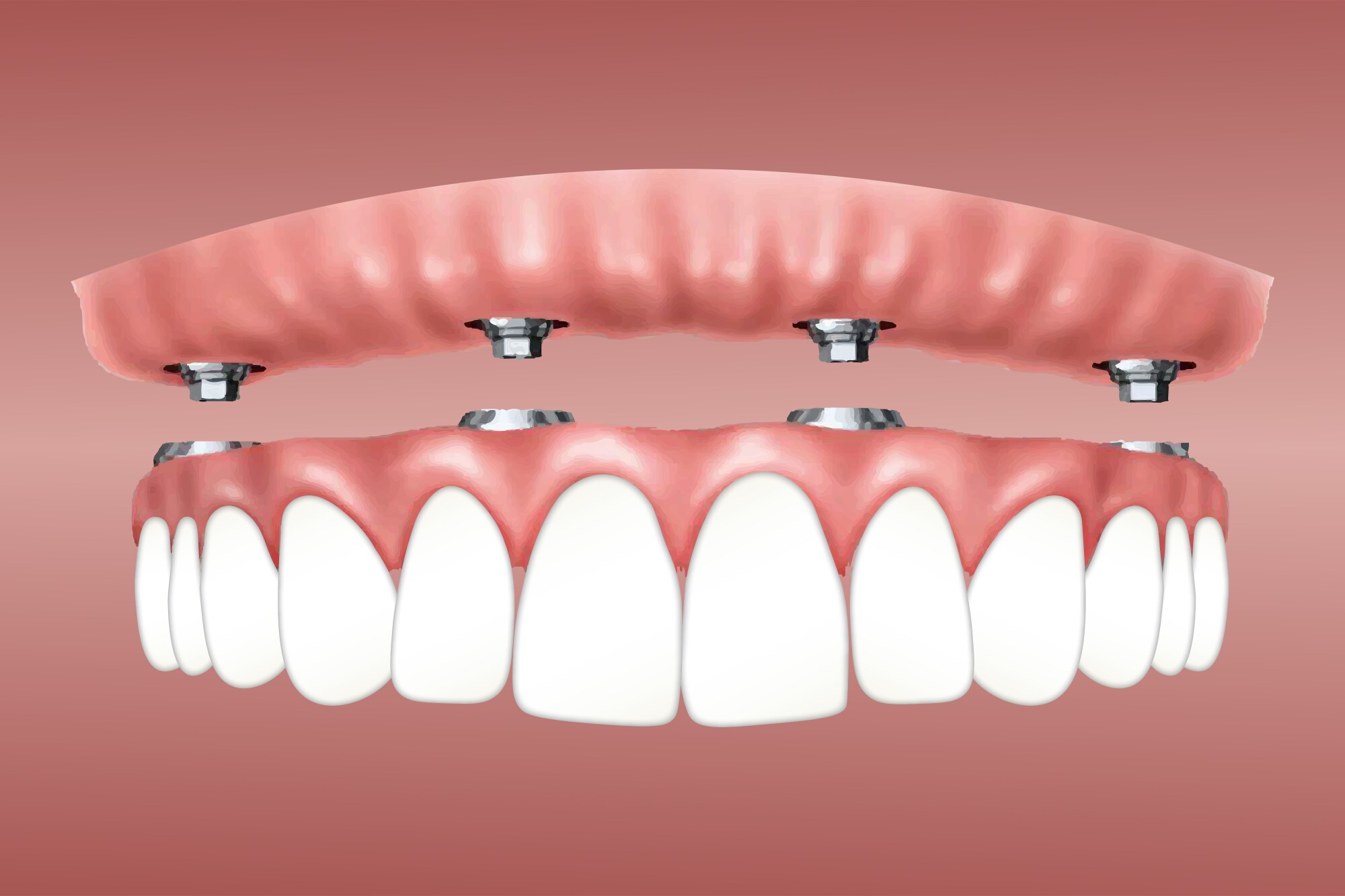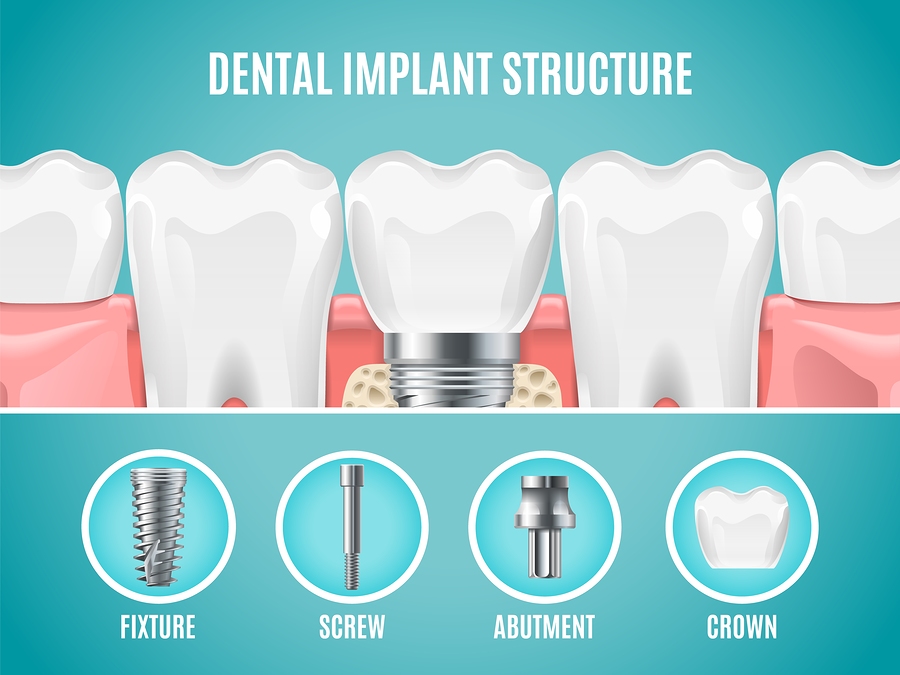About Dental Sense
About Dental Sense
Blog Article
6 Easy Facts About Dental Sense Explained
Table of ContentsNot known Facts About Dental SenseNot known Facts About Dental Sense8 Easy Facts About Dental Sense DescribedThe Of Dental Sense
are medical devices operatively implanted right into the jaw to restore a person's capability to eat or their look. They provide assistance for fabricated (fake) teeth, such as crowns, bridges, or dentures. When a tooth is shed as a result of injury or disease, a person can experience issues such as fast bone loss, malfunctioning speech, or adjustments to chewing patterns that lead to discomfort.Oral implant systems consist of an oral implant body and oral implant abutment and may also include a joint addiction screw. Cosmetic dentistry services. The dental implant body is operatively placed in the jawbone instead of the tooth's origin. The oral implant joint is usually affixed to the dental implant body by the abutment addiction screw and extends through periodontals right into the mouth to support the connected man-made teeth
(https://hubpages.com/@dentalsense1)Structure of The Dental Implant System selecting dental implants, speak with your oral provider regarding the potential advantages and dangers, and whether you are a candidate for the procedure. Points to consider: Your general health and wellness is a crucial consider establishing whether you are an excellent prospect for oral implants, how much time it will require to heal, and how much time the implant may remain in place.
Smoking might impact the healing procedure and lower the long-term success of the dental implant. The healing procedure for the dental implant body might take several months or longer, throughout which time you commonly have a momentary abutment in location of the tooth. the dental implant treatment: Carefully follow the dental health guidelines provided to you by your dental provider.
Get This Report on Dental Sense
Implant failure can lead to the requirement for one more operation to take care of or change the implant system. Restores the ability to eat Restores aesthetic look Assists maintain the jawbone from shrinking because of bone loss Preserves the health and wellness of the bordering bone and periodontals Helps keep adjacent (nearby) teeth steady Enhances quality of life Damage to surrounding natural teeth throughout dental implant placement Injury to the surrounding tissues throughout surgery, such as sinus perforation Injury throughout surgical procedure (as an example, fracture of bordering jawbone) Inadequate feature, such as feeling like the teeth do not attack with each other generally An experience that the tooth hangs or twisting in location arising from a joint screw loosening Implant body failing (looseness of the implant body) as a result of systemic infection, which may be most likely in clients with uncontrolled diabetes mellitus as a result of local infection in bone and gums sustaining the implant body as a result of postponed healing, which might Web Site be most likely in individuals that smoke Problem cleaning up the periodontals around the implant, causing inadequate dental hygiene Neglected gum illness Post-surgical pins and needles because of nerve impingement or damages Always inform healthcare service providers and imaging service technicians that you have oral implants before any kind of magnetic resonance imaging (MRI) or x-ray treatments.
FDA is not conscious of any kind of negative occasions reported for MRI or x-ray procedures with oral implants. Dental implants systems are typically made from products that follow global consensus requirements of the International Organization for Standardization (ISO) or ASTM International. These standards have details of what makes a secure product.

A dental implant is a structure that changes a missing out on tooth. With screw-like devices, the doctor inserts an implant into the jawbone, and it acts as a support for a synthetic tooth, called a crown.
The 9-Second Trick For Dental Sense
Some people are not eligible for dental implant surgical procedure. It is for oral surgeons to operate on people with: intense illnessuncontrollable metabolic diseasebone or soft cells condition or infectionIf these issues are resolved, an individual can have the surgical treatment. In, dental doctors avoid running on individuals with: If people with any one of the above undertake oral implant surgical treatment, there is a greater danger of the implant stopping working.

Dental implant surgical procedure is an individualized process. It's not the same for everybody. Yet the following provides a basic review of what you can anticipate your dental expert, oral doctor, periodontist or prosthodontist to do: Position the dental implant operatively. Give you time to heal. Connect the message and last crown, bridge or denture.
Next off, your doctor will thoroughly position the oral implant into your jaw. Lastly, your specialist will reposition your periodontals and shut the laceration with stitches. If your dental implant is near the front of your mouth, your dental professional will make a momentary tooth for you to use until you recover. In this way, you won't have a void in your smile while you recoup.
The Ultimate Guide To Dental Sense
Throughout the healing stage, your jawbone must fuse to the dental implant. This procedure can take anywhere from three to nine months.
As soon as your dental implant heals, your dentist can affix the joint (little connector message) and your last reconstruction (crown, bridge or denture). This normally takes concerning one hour to complete and may call for a second small surgery. You should not really feel any type of pain throughout your oral implant procedure because your copyright will use medicine to numb your periodontals.
Report this page